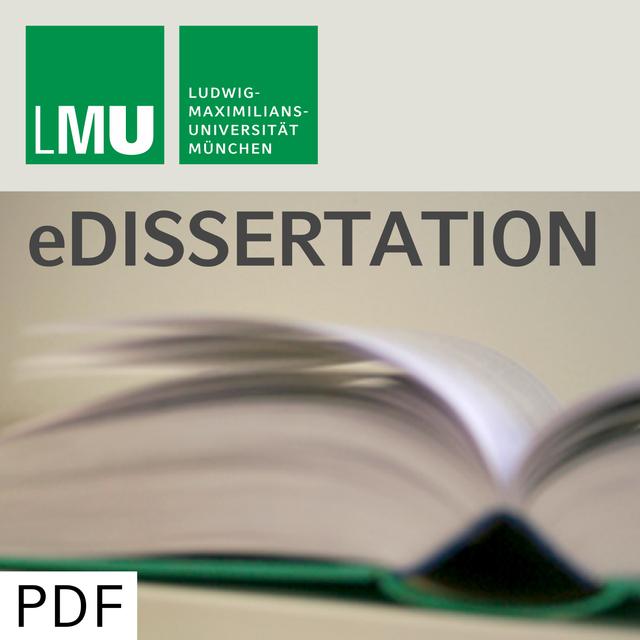
Generation of Transgenic Mice to Evaluate Promoter Activity and Specificity of Two Human Endogenous Retrovirus Long Terminal Repeats = Untersuchungen zur Promotor-Aktivität und -Spezifität von zwei Long Terminal Repeats humaner endogener Retroviren in transgenen Mäusen
Feb 07, 20030
Episode description
Generation of Transgenic Mice to Evaluate Promoter Activity and Specificity of two Human Endogenous Retrovirus Long Terminal Repeats Human Endogenous Retrovirus Long Terminal Repeats (HERV-LTRs) comprise 1.8% of the human genome (52.7 Mb). These sequences contain all the signal structures necessary for the regulation of gene transcription, such as promoters, enhancers and transcription factor binding sites. There is evidence that HERV-LTRs regulate gene expression in tissue-specific manner. This potential could be used to drive the expression of therapeutic genes, delivered by retroviral vector systems, in a safe and efficient manner. The HERV-H-H6 LTR and the HERV-L LTR were chosen for the generation of transgenic mice. Their promoter activity and specificity had prior been tested in a luciferase expression vector in vitro (Schoen et al., 2001). HERV-L was cloned into a luciferase expression vector and HERV-H-H6 was inserted into a enhanced green fluorescent protein (EGFP) expression vector. Transgenic mice were generated by DNAmicroinjection into pronuclei of zygotes. One pBL-HERV-L transgenic line and four pEGFP-HERV-H-H6 transgenic lines were established and analyzed. While the HERV-L promoter was not active in transgenic animals, pEGFP-HERV-H-H6 was expressed in gonads of mice of two transgenic lines. As only a single, non-expressing transgenic line was available, HERV-L promoter activity and specificity could not be evaluated.
Additional transgenic lines have to be established. Expression level and pattern of the HERV-H-H6 promoter indicate specificity for gonad tissue. Whether the HERV-H-H6 promoter activity is linked to steroid production in cells remains to be clarified.
Evaluating promoter activity in transgenic mice in two different expression vectors is not exclusively about the promoters, but also involves knowledge about the reporter genes.
Advantages and limits of current applications of both luciferase and EGFP (with focus on the EGFP gene) are described in REVIEW OF THE LITERATURE. The conjunction of EGFP with the HERV-H-H6 promoter is to be seen critically, as all published methods for detection of EGFP in mice are described with EGFP linked to strong promoters.
Problems like autofluorescence in fluorescence microscopy might be encountered when weaker promoters, such as HERV-LTRs, drive EGFP expression.
For the best experience, listen in Metacast app for iOS or Android
Open in Metacast